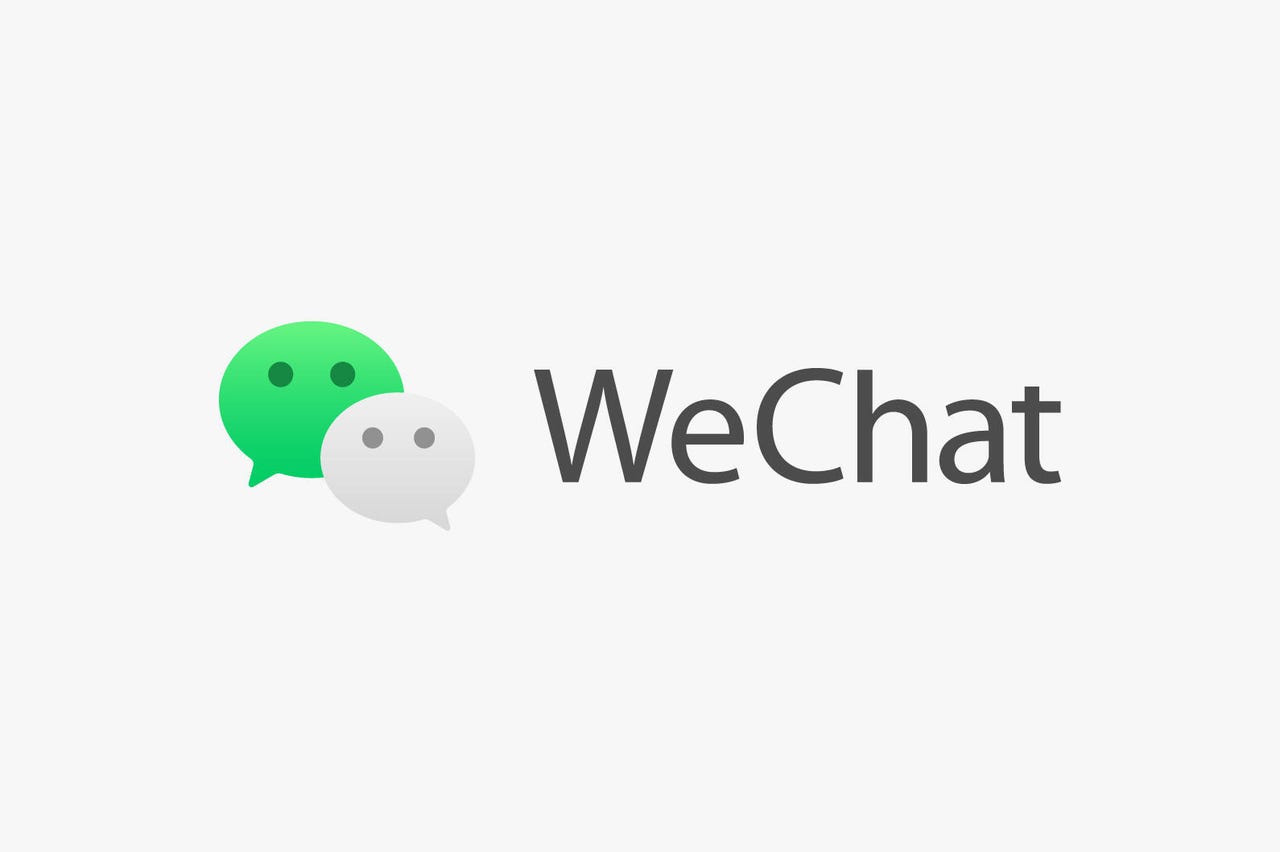WeChat sets the record straight for its 690,000 Aussie users


The Select Committee on Foreign Interference through Social Media has been tasked with probing the risk posed to the nation's democracy by foreign interference through social media.
Twitter, Google, Tiktok, and Facebook have previously made submissions to the inquiry, with the plan for representatives from each of the social media platforms to eventually face the committee.
TikTok was probed on Friday, using its time to clarify data protection rules, its plans to prevent distressing videos from being viewed on its platform, and how it wasn't asked to provide assistance to a government investigation, among other things. Facebook was due to appear alongside TikTok, but blamed a scheduling issue for pulling out.
The latest submission [PDF] to the committee as part of its inquiry comes from the Middle Kingdom, by way of popular chat app WeChat.
WeChat is owned and operated by WeChat International Pte Ltd, an entity incorporated in Singapore. WeChat International is a wholly owned subsidiary of Tencent Holdings Limited, which is a global technology giant incorporated in the Cayman Islands and listed on the Main Board of the Stock Exchange of Hong Kong.
Globally, WeChat boasts over 1.2 billion monthly active users. As at 21 September 2020, WeChat had approximately 690,000 daily active users in Australia.
US President Donald Trump in August claimed that apps developed in China are a threat to national security, making an executive order to ban WeChat alongside TikTok. Although that ban was later blocked by the US district court, WeChat has taken the opportunity in its submission to the Australian committee to explain how western users of the app are treated differently to those in mainland China.
Firstly, the specific app used is regional.
WeChat is operated by WeChat International, and is designed for users outside of mainland China. It said WeChat is not governed by PRC law.
Weixin is designed for users in the PRC, is operated by a PRC entity, and is governed by PRC law. In addition to different governing laws, Weixin and WeChat make use of different server architectures. WeChat servers are all located outside of mainland China.
How a user first registers an account determines whether they are a WeChat or Weixin user.
"For instance, users who register with a PRC mobile phone number will be a Weixin user, while users who register with an Australian mobile phone number will be a WeChat user," it wrote.
"WeChat does allow users to access and use certain Weixin functions through the WeChat application. Where this occurs, the user is clearly informed that the access and use of these functions is subject to the relevant Weixin terms of service."
When it comes to countering foreign interference and misinformation on its platform for Australian users, WeChat said it prohibits spam content; accounts that coordinate, spread, distribute, or participate in inauthentic behaviour, including in relation to false news, disinformation, or misinformation in relation to a topic or individual; the creation of fake accounts or accounts that misrepresent the identity of the user; content which breaches any applicable laws or regulations; and content which may constitute a genuine risk of harm or direct threat to public safety.
"For example, we prohibit the advertising and sale of COVID-19 home testing kits and have worked with relevant Australian authorities to enforce this in the past year," it said.
It also said that it has previously met with and worked with the Department of Home Affairs and the Australian Electoral Commission in the context of the Australian Federal Election.
Similarly, it has discussed Australia's Foreign Influence Transparency Scheme with the Attorney-General's Department and is "committed" to working with Australian regulators and authorities in "respect of any complaint or request that may arise".
MORE RELATED TO THE INQUIRY
- Countering foreign interference and social media misinformation in Australia
- Australia warned to not ignore domestic misinformation in social media crackdown
- Google: Mitigating disinformation and foreign influence through social media a joint effort
- Twitter vows to work alongside Australia in thwarting foreign interference
- TikTok touts vigilance to prevent further distressing videos from appearing on its app
- Labor wants to ask TikTok how it approaches Australian privacy laws
- TikTok tells Australian Senate committee it doesn't want to be a 'political football'
- Facebook claims 'scheduling issue' in avoiding Australian foreign interference probe
- Facebook says it shouldn't be the arbiters of truth when it comes to political advertising
- Facebook tries to make it harder to find an anti-vax group
- ASPI wants statutory authority to prevent foreign interference through social media
- Experts renew calls for a government body to tackle foreign disinformation